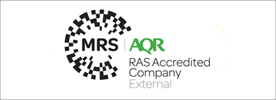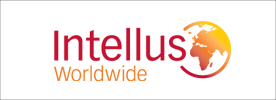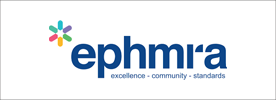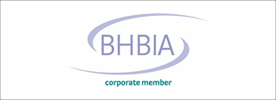
Conducting healthcare market research is essential to delivering key insights to develop the healthcare industry - yet universe sizes remain limited, so it’s essential that targeting the audience is error-free. Defining the respondent audience carefully, combined with stringent sampling, are crucial in minimising large numbers of screen outs which can impact the delivery of projects, and potentially harm future research.
As gatekeepers to the world’s largest proprietary healthcare panel, our experts know a thing or two about reducing screen outs. We asked M3 Global Research’s Fieldwork Director, Cedric Gallais, for some top tips:
- Use the Right Tools
- Check your Criteria
- Physician X sees 100 patients per month, 10% of those patients have condition z
- Physician Y sees 250 patients per month, 6% of those patients have condition z
- Physician Y will not qualify despite seeing more patient with condition z monthly (10 for physician X, 15 for physicians Y)
- Use your Existing Data
- Don't Send to All
- Use the Right Sampling Method
Use a screener that is adapted to the market the research is conducted in, to ensure relevant questions are asked. For example, a question asking physicians if they are Board Certified is commonly used in screeners for the US, this question would not be relevant for the UK. Similarly, a question asking physicians for their grade may be included in a screener for the UK, but this question would not apply to US physicians.
By using screening criteria based on numbers of patients treated, rather than the percentage of patients treated, as the proportion might not reflect the number of patients seen. For example:
If Screening criteria are based on %, let say, physicians with 10% or more patients with condition x will qualify:
Put your existing data to use by targeting profiled respondents and using audience data can avoid any obvious screen outs, e.g. sex, age, race, diagnosis.
By pre-screening participants you can alleviate the frustrations of broad sampling, and ensure that only the respondents we expect to screen in are invited.
As healthcare market research experts, we have developed our own industry leading sampling method: Dynamic Profiling. Dynamic Profiling ensures a high-quality sample for the project, using data that goes beyond basic user-provided information, whilst maximising feasibility.





